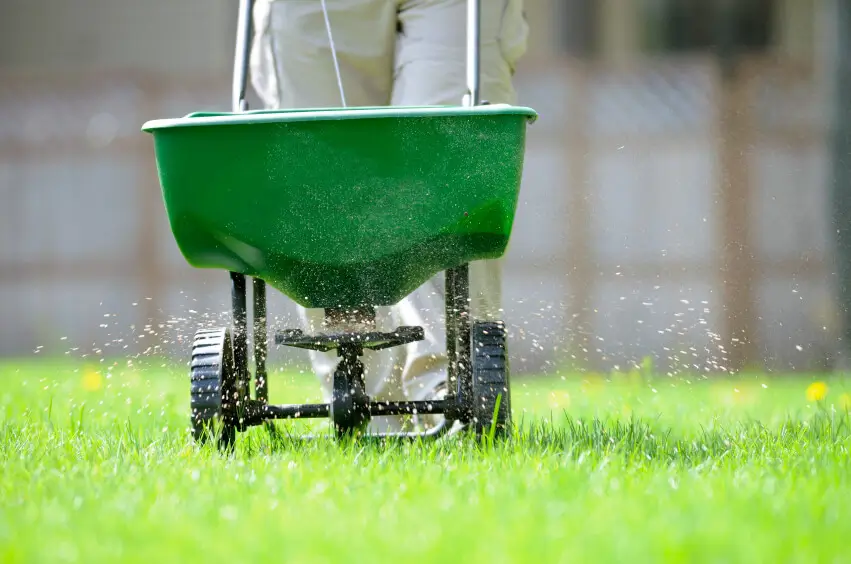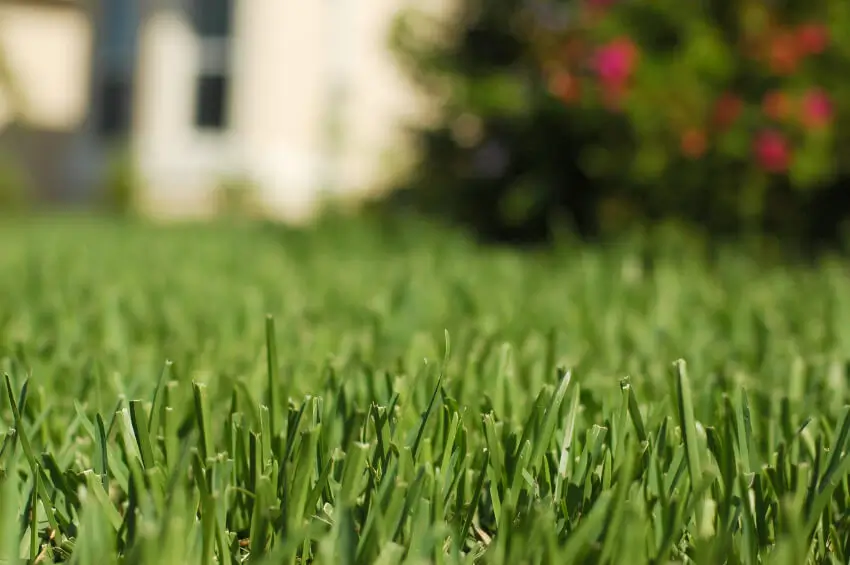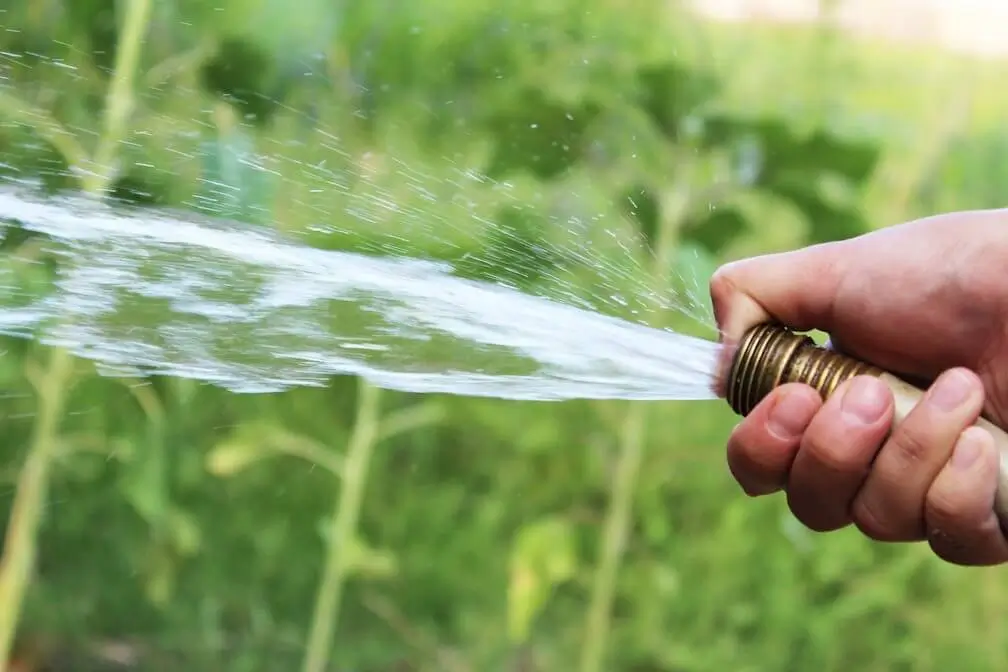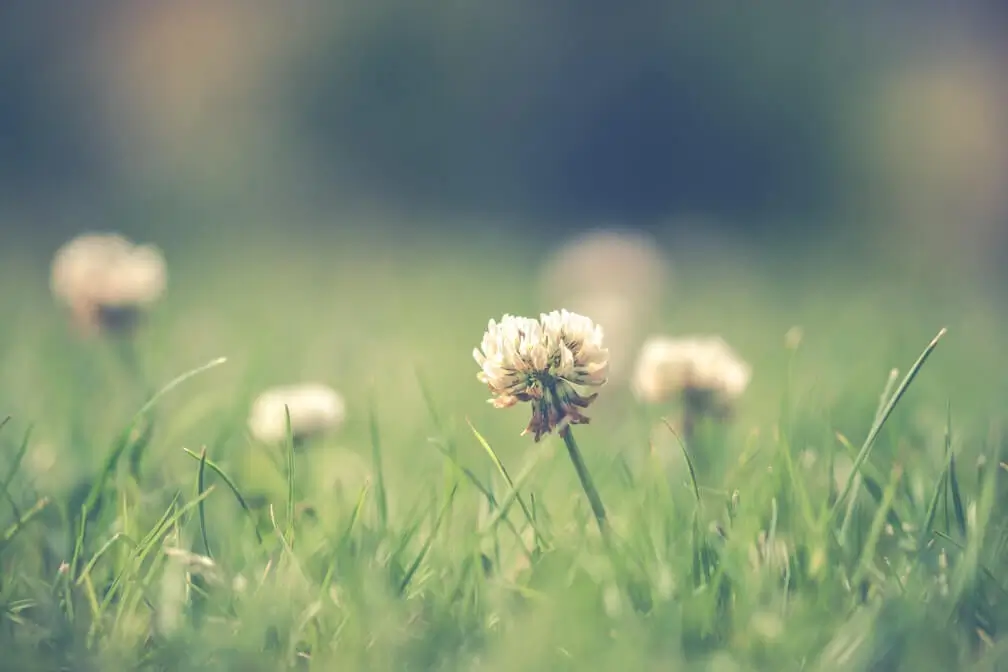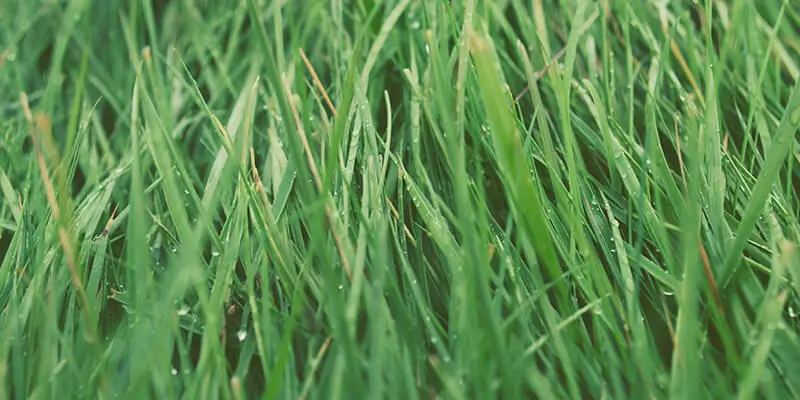
Grass types in Arkansas have to withstand both hot and cold weather depending on the time of year. Arkansas is in the middle of what turf professionals call the transition zone. Winters are often too cold for warm-season grass and summers are often too hot for cool-season grass. With this being said, there are a few grass types that are better suited to grow here.
Keep in mind, we don't offer mowing services, but we can help with fertilization, preventing common lawn weeds, and lawn disease prevention. If you're interested in these services give us a call!
The most common types of grass in Arkansas are:
Look below for tips on how to grow these grasses and best take care of them so that they can withstand the changeable climate, or check out our blog on watering your lawn in Arkansas.
Bermudagrass is probably the most commonly used turf grass that you'll find in Arkansas, due to its great adaptability and hardy nature. Its best attributes involve its amazing heat and drought tolerance, along with its ability to withstand heavy use and fast regrowth ability.
Tips for Growing Bermudagrass in Arkansas
Ideally, Bermudagrass is a warm-weather grass, so throughout the winter, it may need better care. However, due to its impressive growth ability in the summer months, it should be able to last. It is a pretty aggressive form of grass, with very rapid growth if adequately cared for, meaning that it will require a lot of edge maintenance to prevent your sidewalks and driveways from being overrun.
In terms of maintenance, for ideal growth during the summer months, your grass should receive around 6 hours of sunlight a day during growing periods. With fertilization and adequate sun and water, your grass will enter periods of rapid growth which will require very frequent mowing, sometimes as often as twice a week to ensure the growth can be sustained.
Your care schedule for Bermudagrass should look something like this:
A medium thickness grass with relatively slow growth compared to Bermudagrass. It is another of the aggressive grasses meaning that weed control is less important due to the strong nutrient uptake by the roots. Again, it has great heat tolerance but can struggle in colder conditions. A popular choice for those who prefer lower-maintenance grass, in Arkansas conditions it can prove a little more difficult to maintain.
Tips for Growing Centipedegrass in Arkansas
Unlike Bermudagrass, Centipedegrasses do not have a true winter growth halt, instead simply slowing down. This means that it will require more artificial nutrients to keep it in good health throughout the colder months. As a slow-growth grass you should take care to keep off the lawn as it is growing to prevent causing too much irreparable damage before the thick turf has formed.
Your typical care schedule for Centipedegrass should look something like this:
A large, flat stemmed grass, St. Augustinegrass is a very shade tolerant grass, yet still considered a warm-season grass. It will form a relatively thick turf if allowed to grow correctly. Less aggressive than both Centipedegrass and Bermudagrass, meaning less edge maintenance is necessary. Be careful if you experience particularly cold winters as St. Augustinegrass does not respond well to the cold.
Tips for Growing St. Augustinegrass in Arkansas
As a relatively high maintenance grass, you should be prepared to care for your lawn, but the results will be worth it. Make sure to focus on mowing heights in the correct periods and specific nutrient fertilization as and when it is necessary and you will be strolling through your lush grass in no time.
Your typical care schedule for St. Augustinegrass should look something like this:
With strong performance in hot temperatures and resistance to heavy foot traffic, Zoysiagrass is the perfect grass for a lawn that sees a lot of BBQs. If cared for correctly, the lush, dense lawn that this grass can provide can be the perfect centerpiece for your lawn. It does have a love for the sun and has limited performance in the shade though, so do be careful if you know you have a shaded lawn.
Tips for Growing Zoysiagrass in Arkansas
Zoysiagrasses in general require pretty periodic mowing, as well as thinning and dethatching to make sure that they can maintain their optimal growth. Luckily, it is a somewhat better performer through the winter than Bermudagrasses and St. Augustine grass, so if you're in northern Arkansas you may prefer Zoysiagrass.
Your typical care schedule for Zoysiagrass should look something like this:
Our only cool-season grass on the list, Tall Fescue, nonetheless has a very good heat and drought tolerance, making it a very good fit for your Arkansas lawn. A popular choice due to its good shade tolerance and ease of growth Tall Fescue also provides some pretty good disease resistance. However, be prepared to take good care of your lawn as it lacks self-repair ability, and it also tends to look its best during the spring and the fall, struggling to compete with the warm-season grasses in the summer.
Tips for Growing Tall Fescue Grass in Arkansas
With bunch type growth your Tall Fescue grass will not be anywhere near as aggressive in its growth schedule as some of the other grasses. Further, due to its deep roots it requires less artificial watering than some others. However, this means that it's natural growth structure can look lumpy and uneven if it isn't helped along. Expect infrequent yearly complete overseeding to make sure that your lawn keeps that thick, even look.
Your typical care schedule for Tall Fescue grass should look something like this:
This is just a quick, high-level overview of some of the grasses that you may be looking to grow in your yard. For more information about lawn care in the Springdale, AR area, give us a call!
